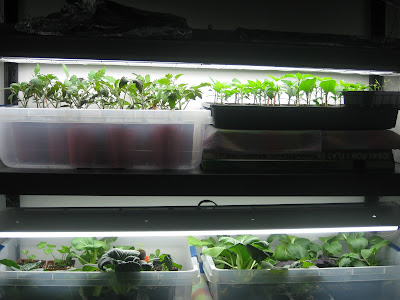April 18, 2013
Look how big my basil and tomatoes got!

First I use my favorite potting soil: Roots Organics
Here are the ingredients:
Coco fiber, peat moss, perlite, pumice, premium worm castings, bat guano, kelp, fish bone meal, soy bean meal, feather meal, greensand, leonardite, and alfalfa meal.

Place some soil in a bowl and add water. You don't want your soil to become soggy, just not dry.

Place a small amount of soil into the red solo cup (cut five small holes in the bottom for bottom watering) then sprinkle some Mykos.(fro
Information from Mykos' website: increases plant biomass and yield by up to 300%. Xtreme Gardening® MYKOS (mycorrhizae) is a beneficial soil fungus that facilitates the breaking-down and transporting of nutrients to plant roots.
MYKOS increases the availability of both the moisture and nutrients required for plant growth and connects many of the microbes in healthy soil to host plants. With one application, MYKOS is capable of transforming an ordinary garden into something Xtreme!
You can see the white Mykos sprinkles
Remember I started my tomatoes in my rapid rooter plug. Once the roots started coming through the plugs, I put enough potting soil in the grow tray to raise the plugs almost to the surface. Then I surrounded the plug with more potting soil (see below)

Tomato stem grow roots if buried. So each time you move them, burry them deeper.
Viola! Final product. I will keep my plants in these cups until it's time to take outside.





No comments:
Post a Comment